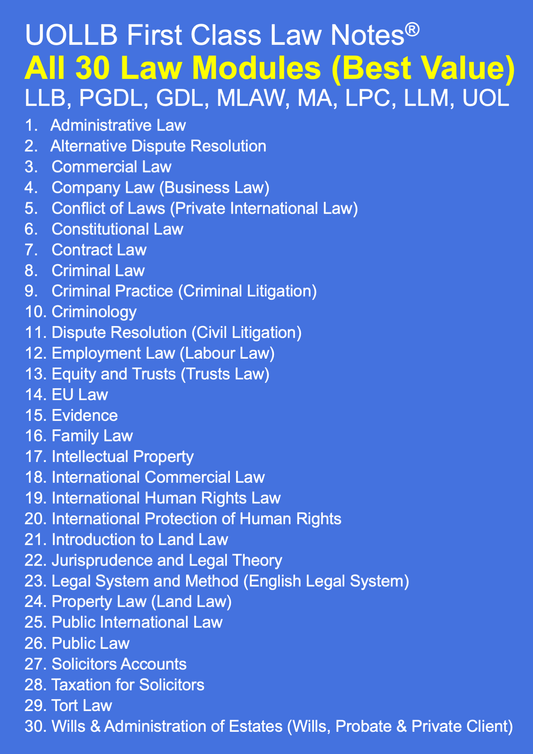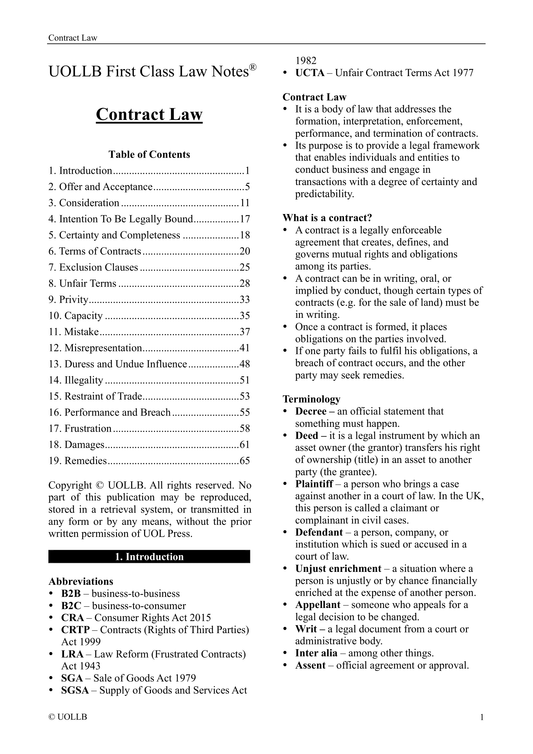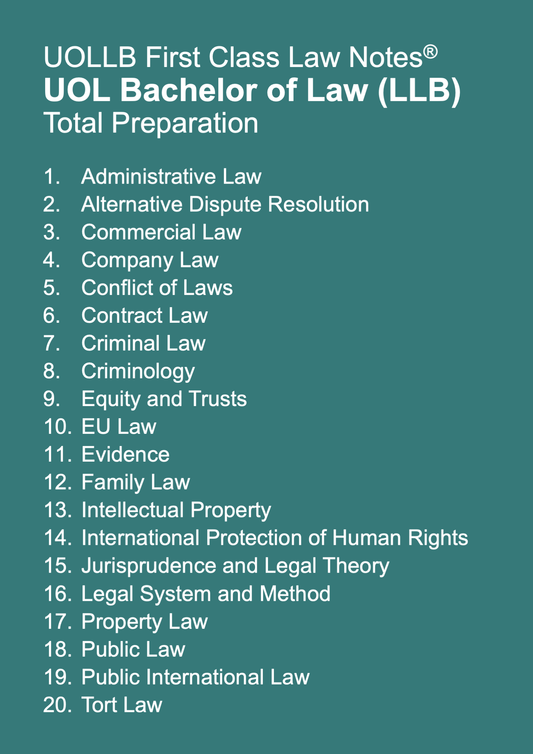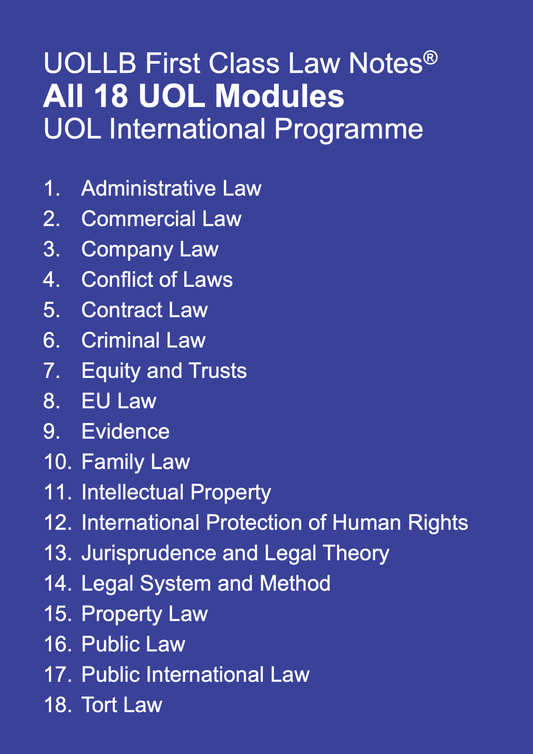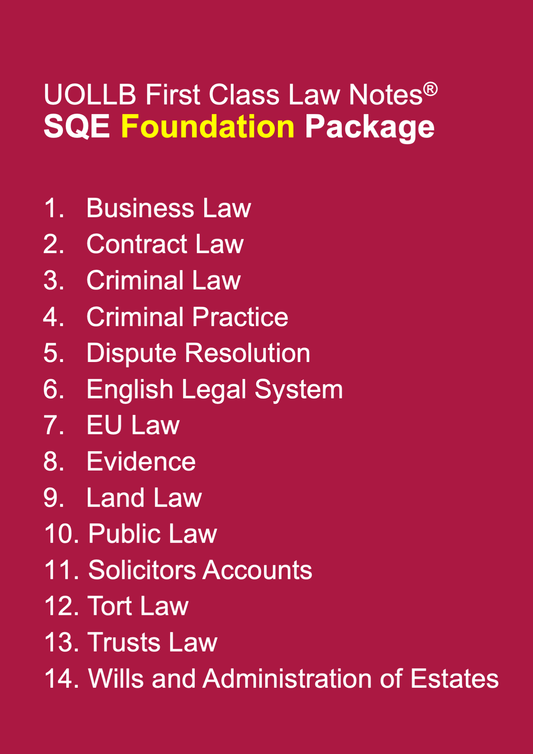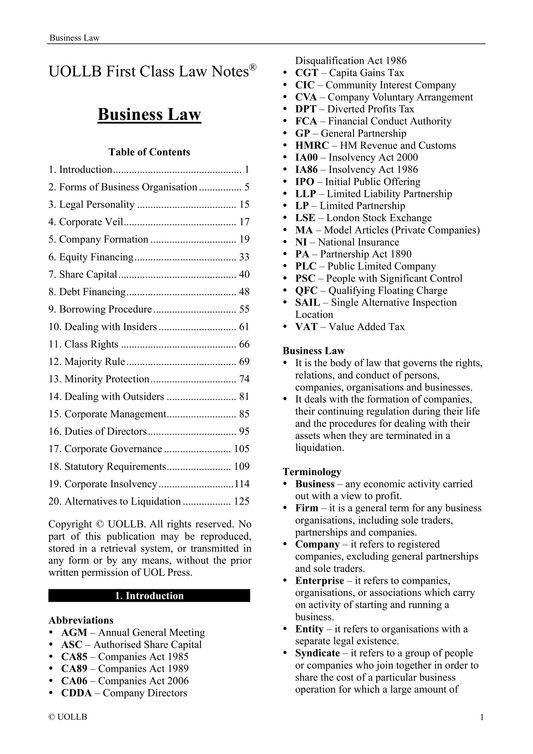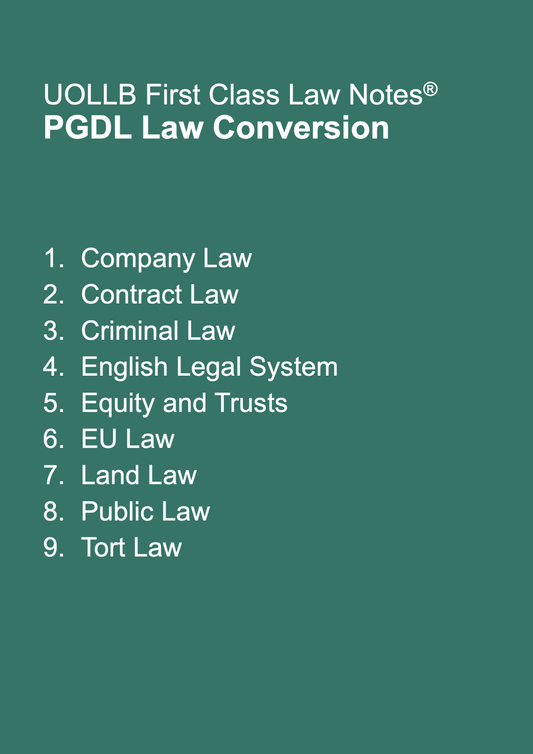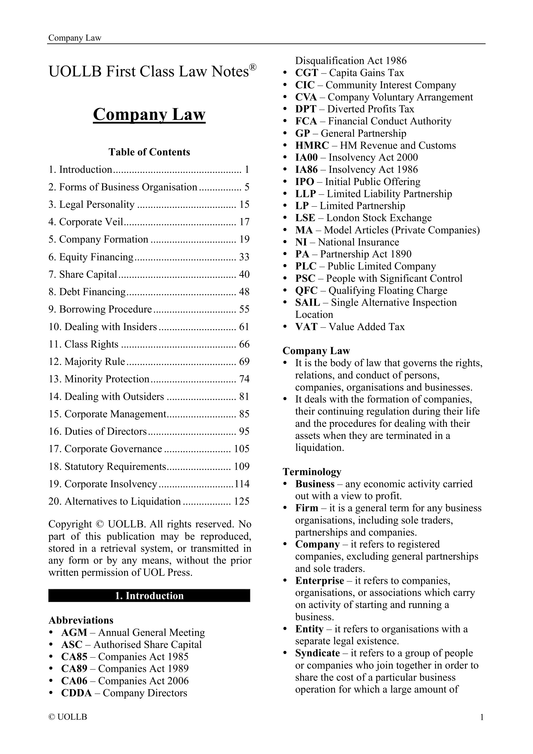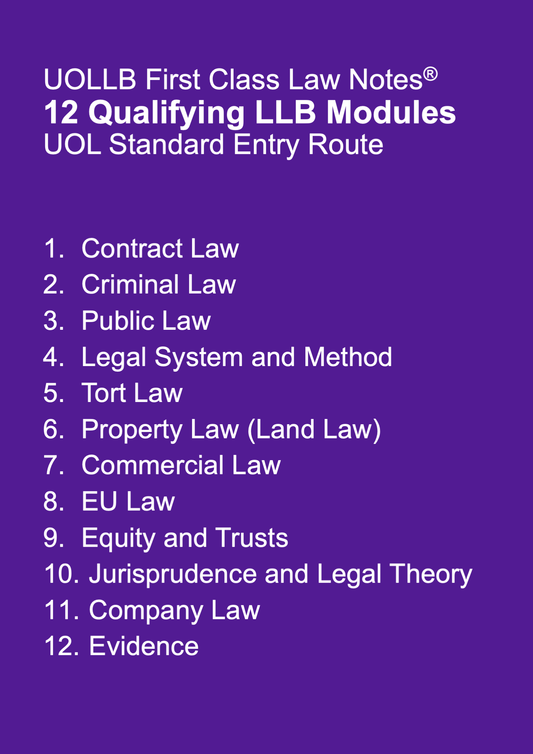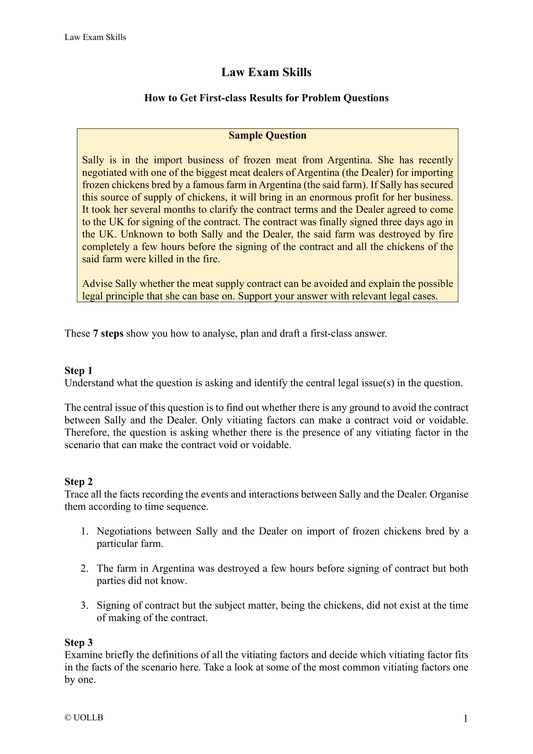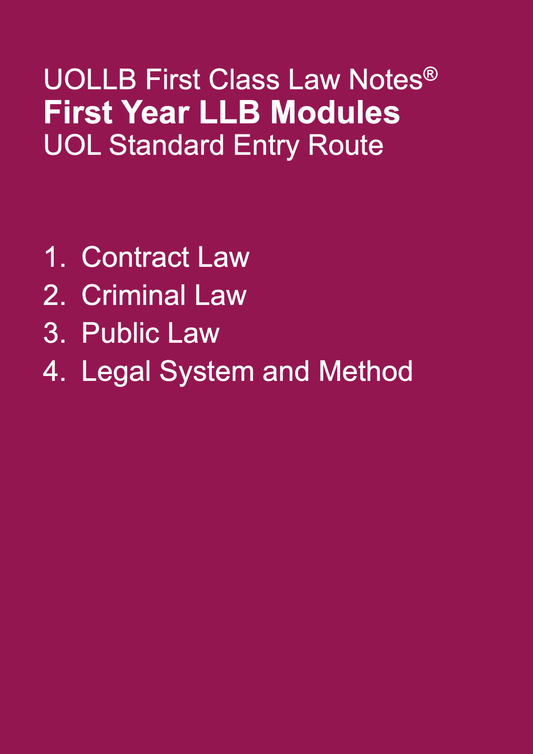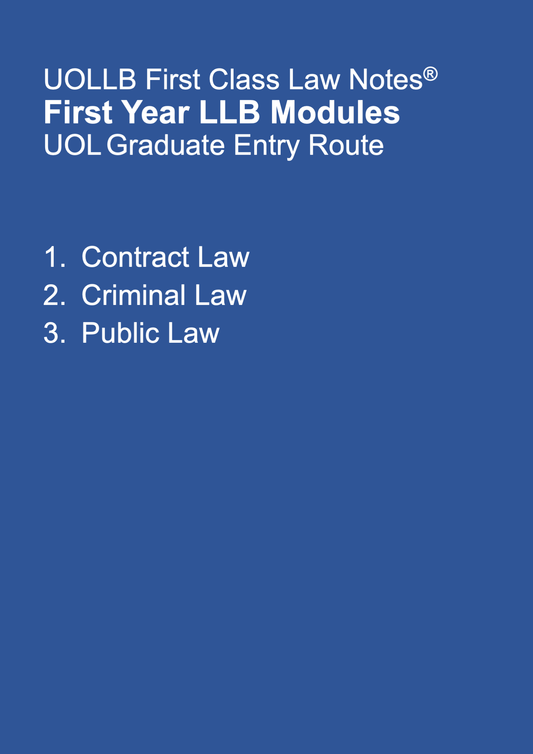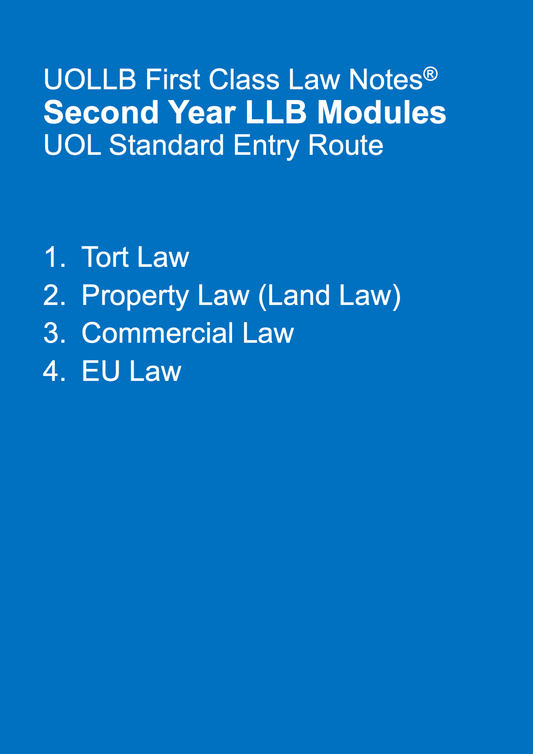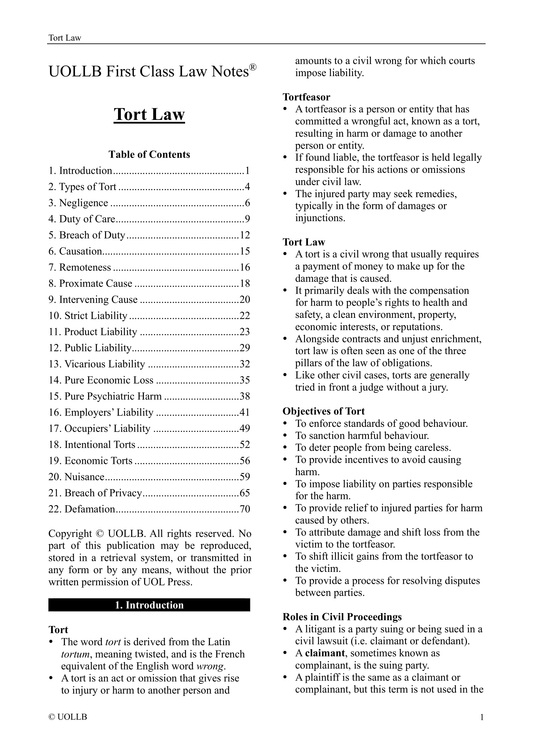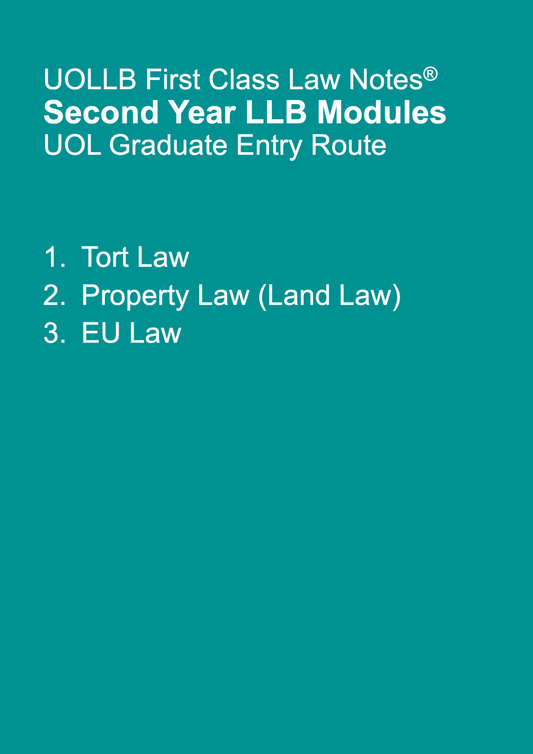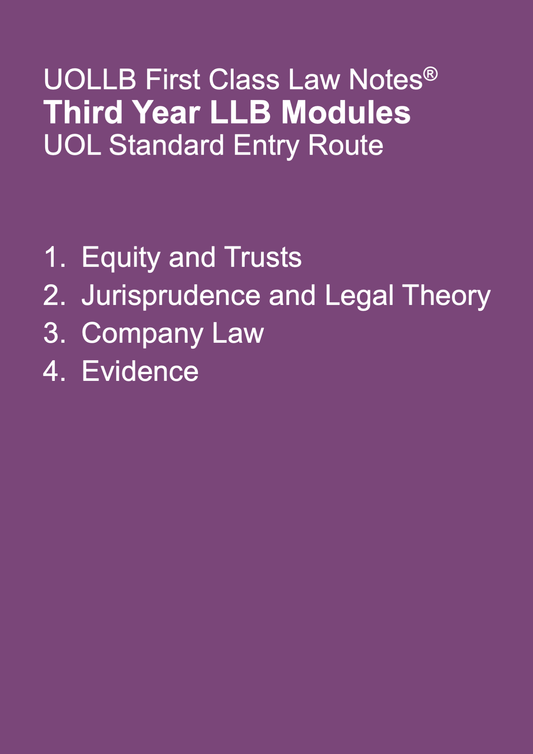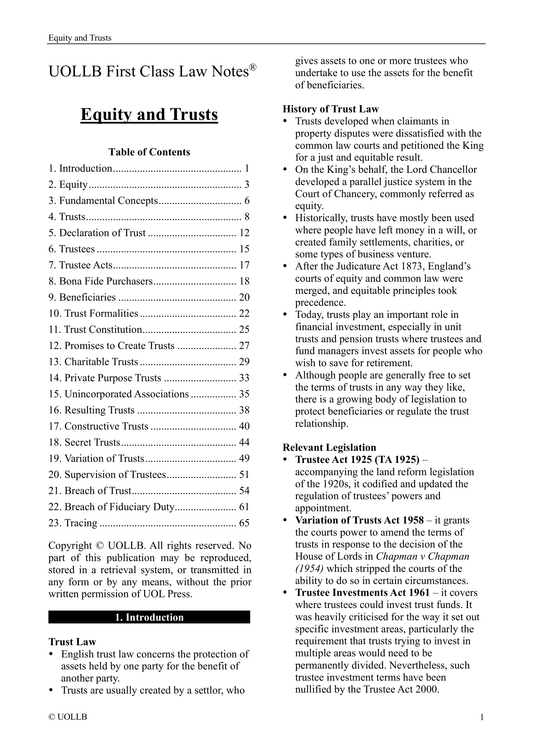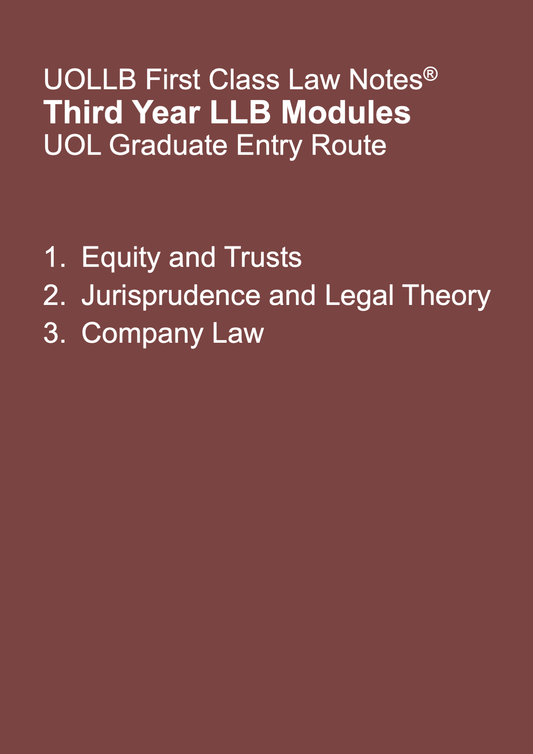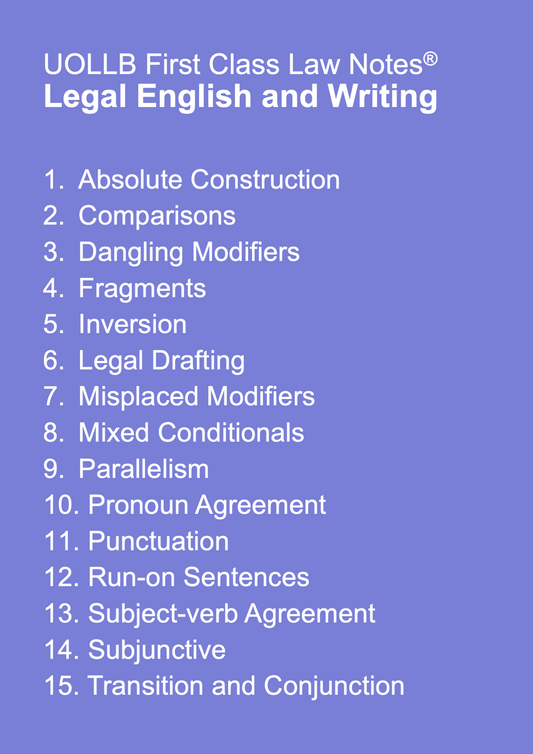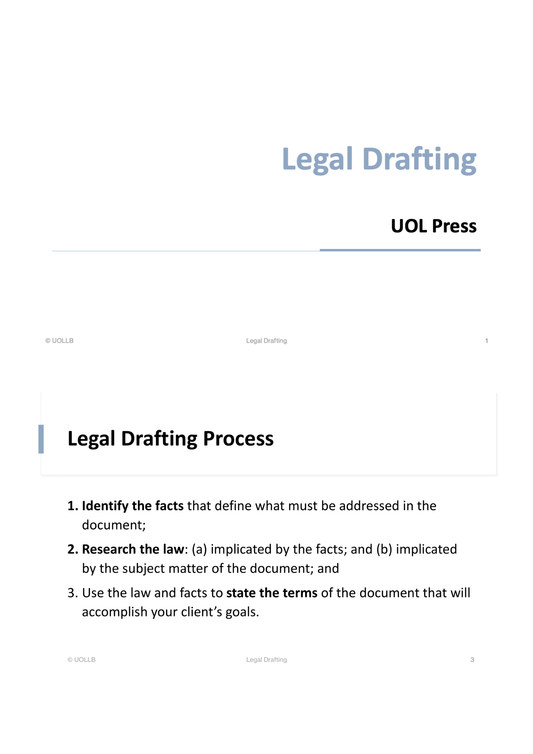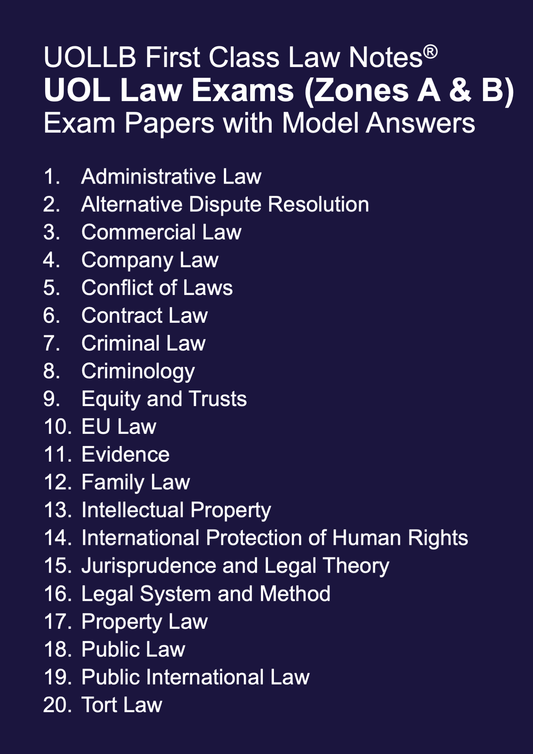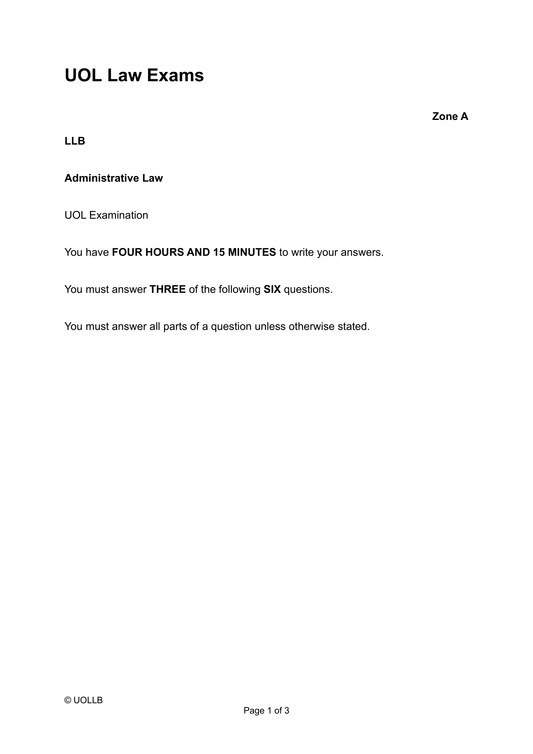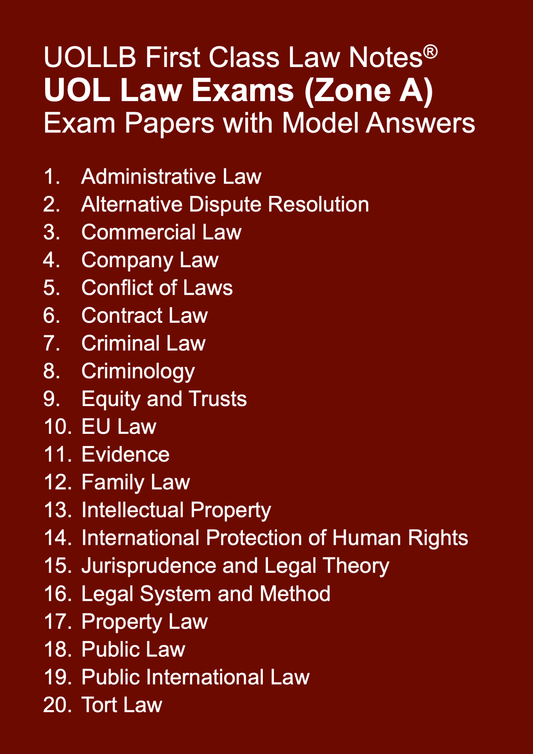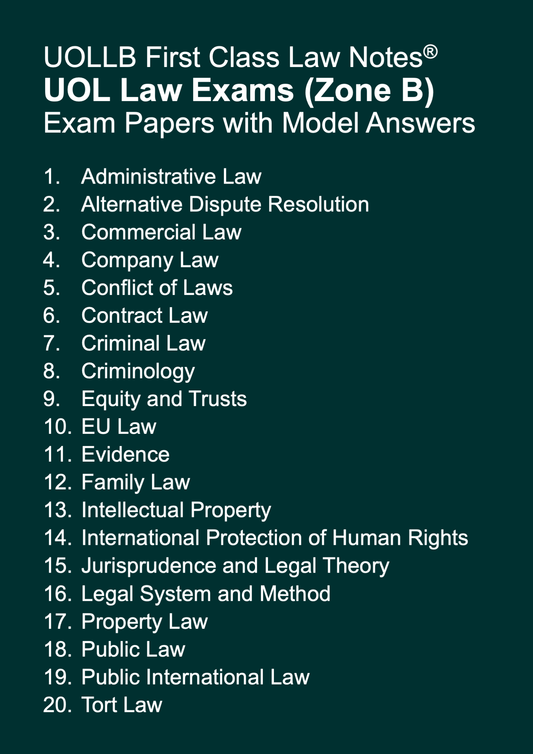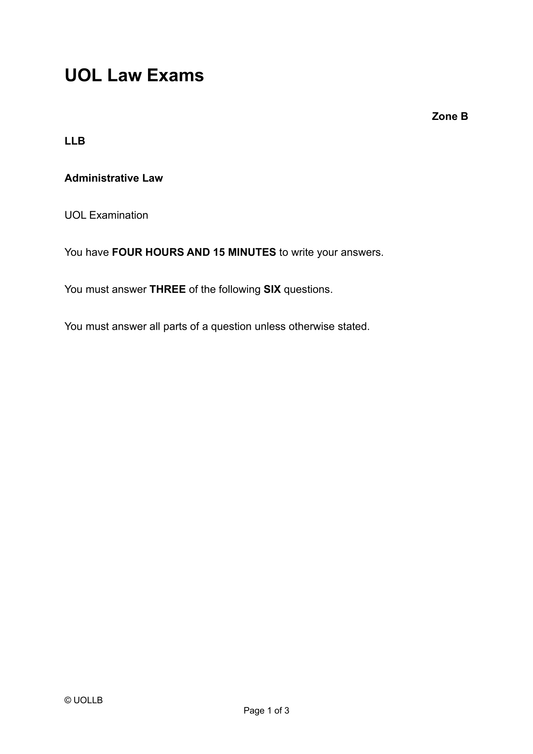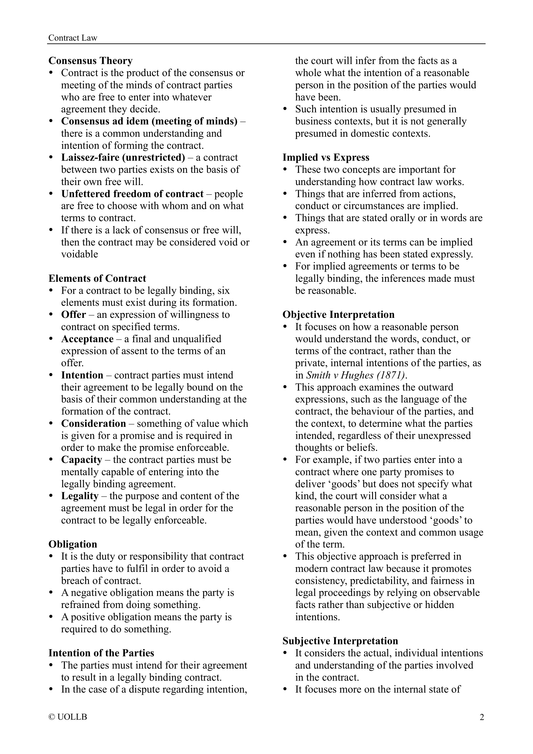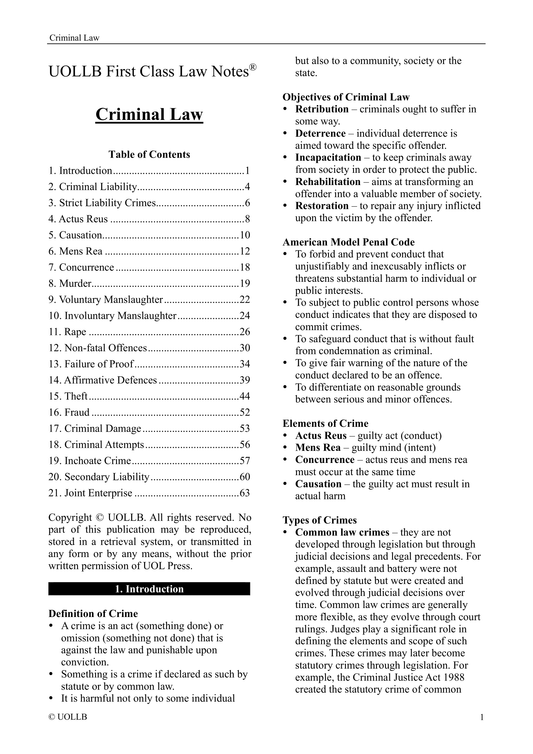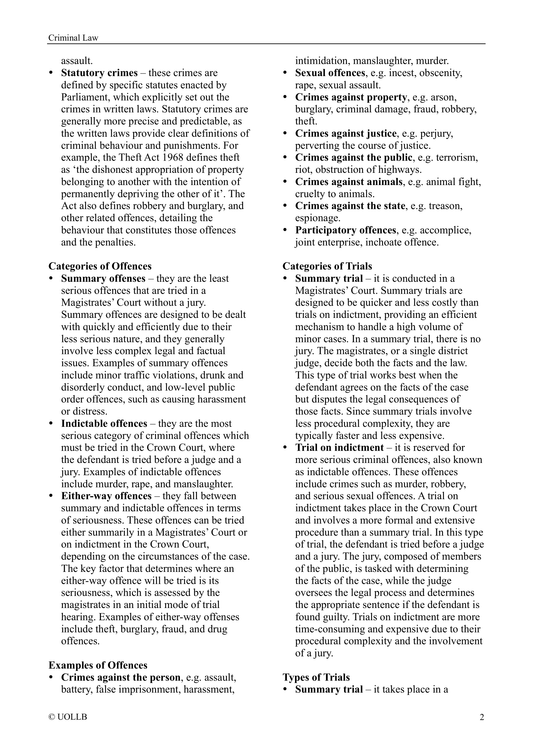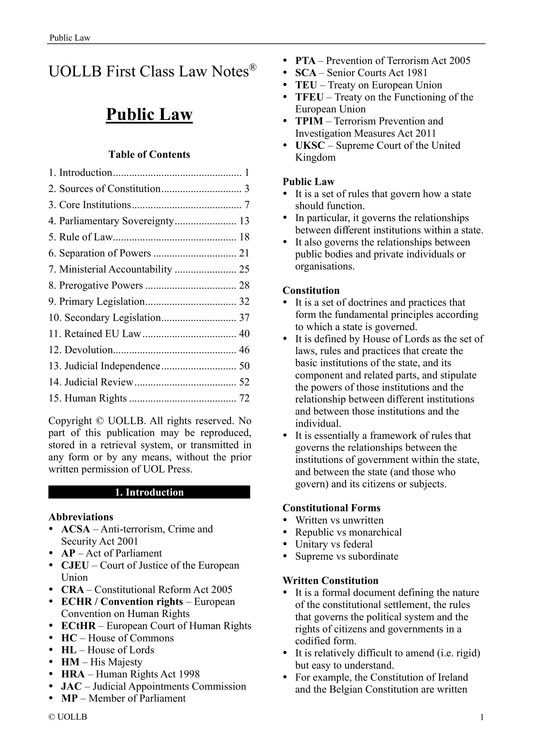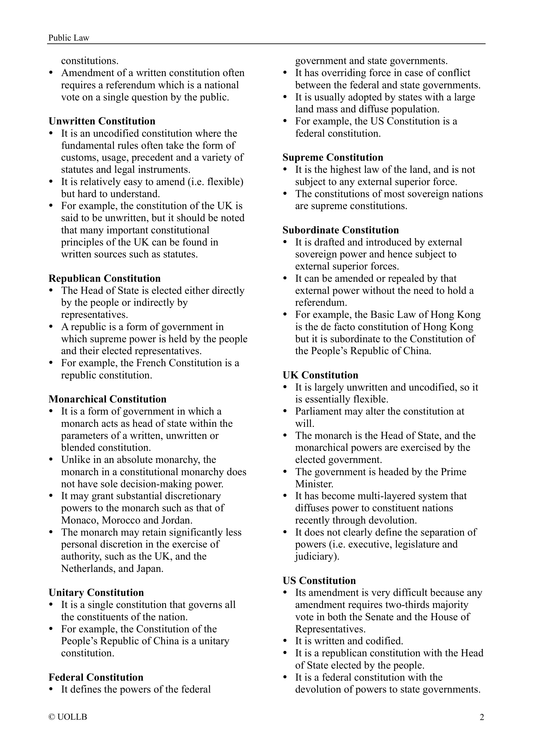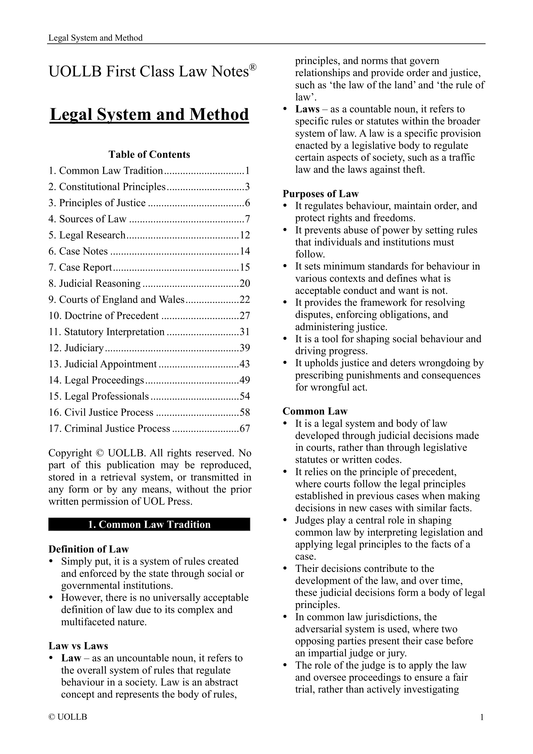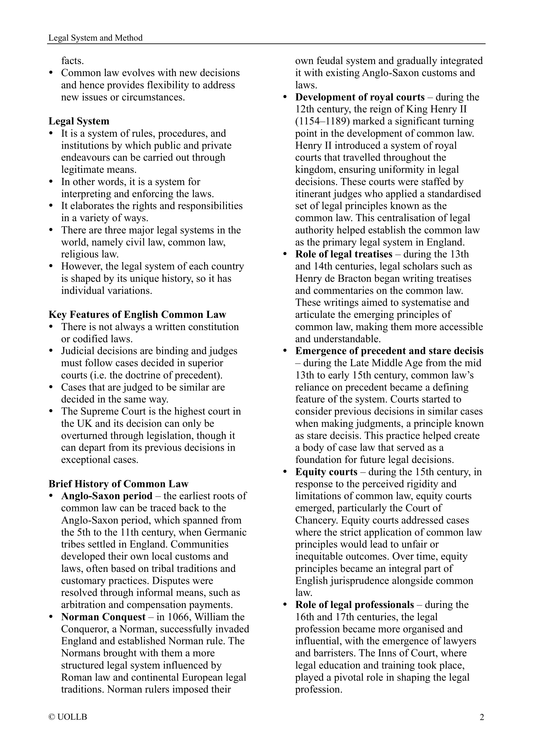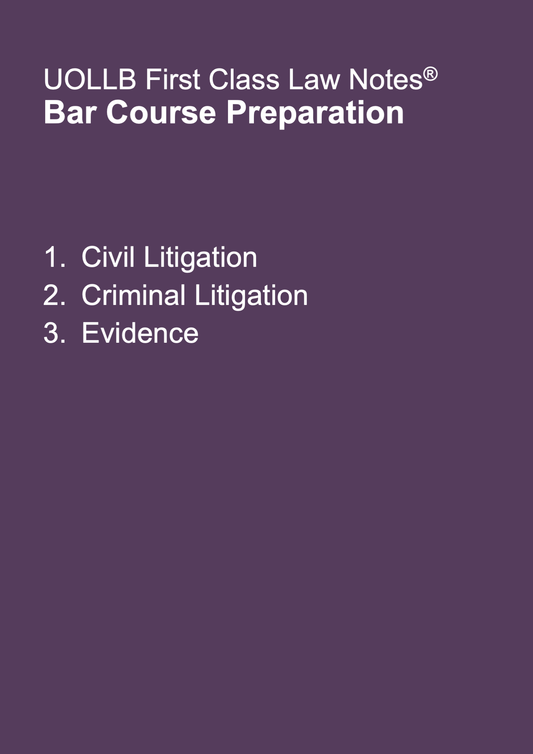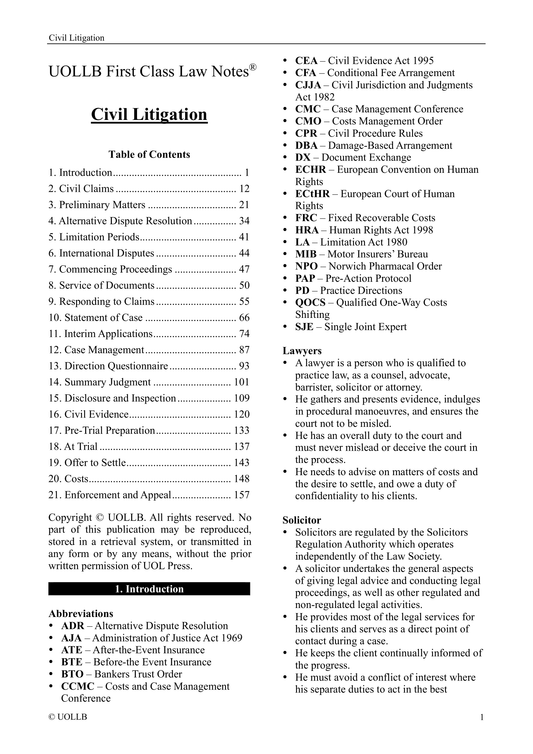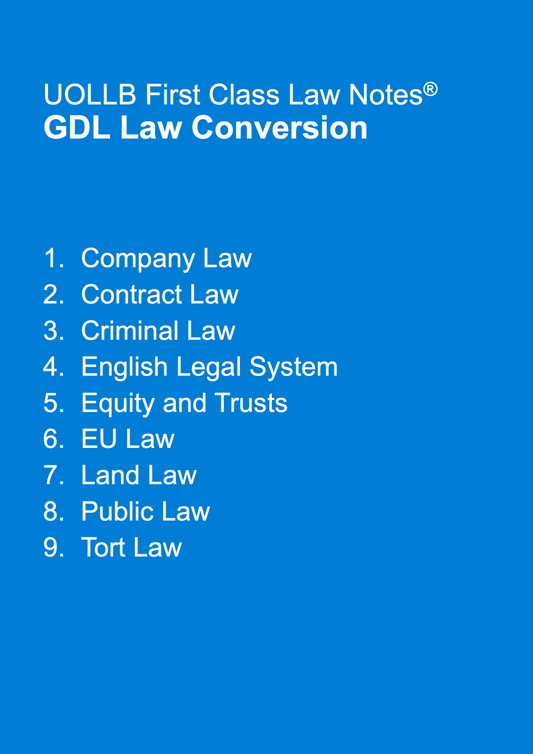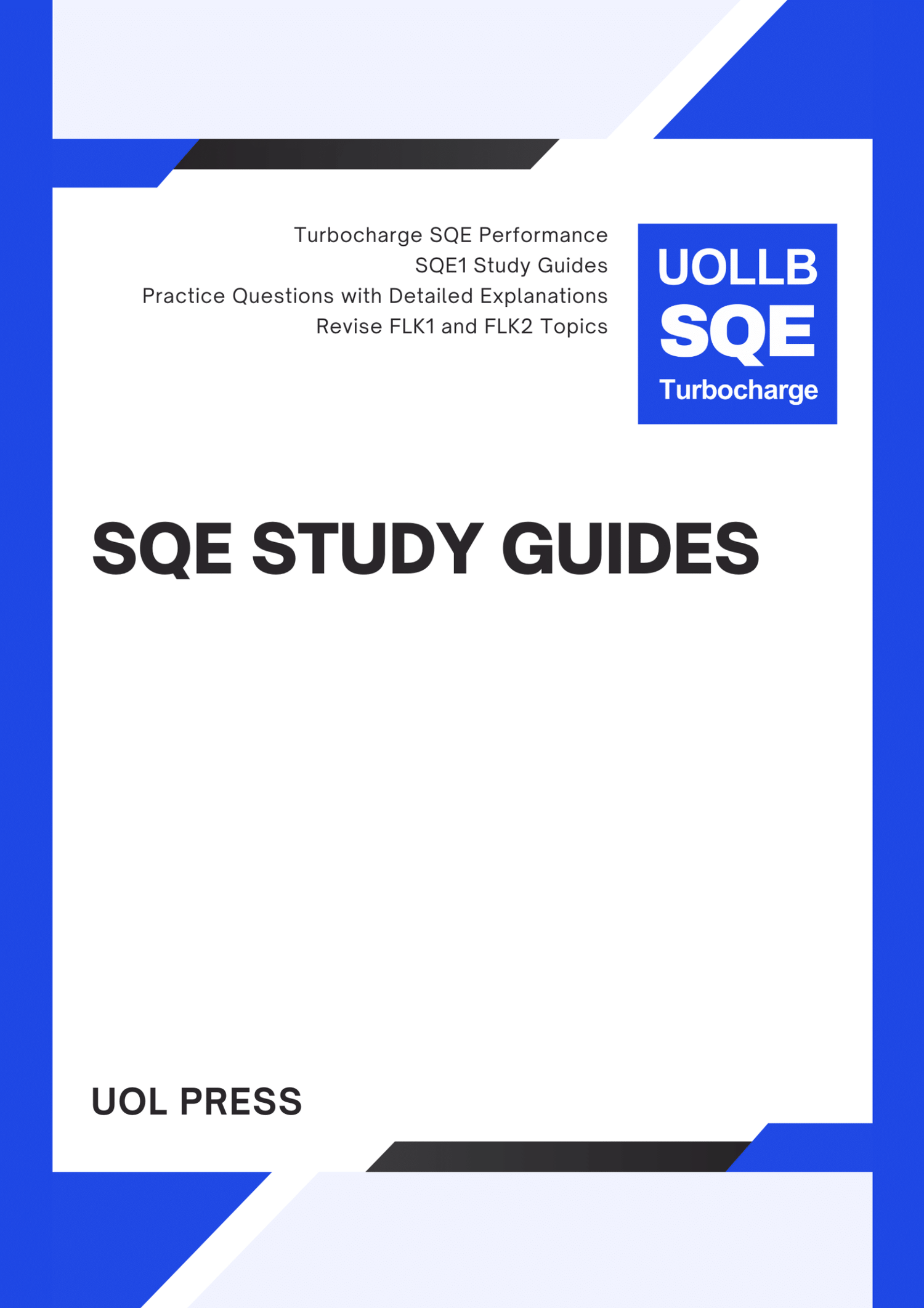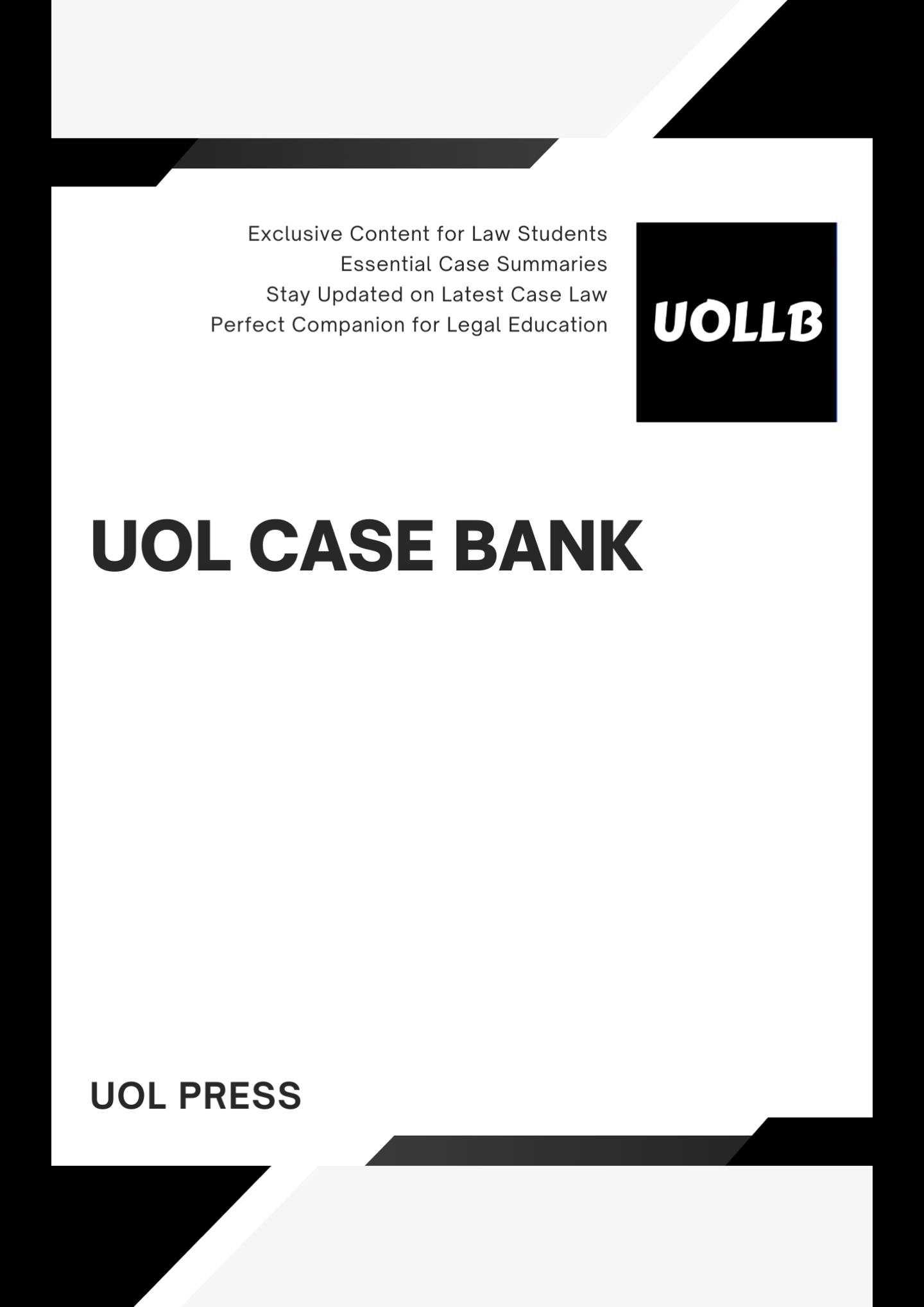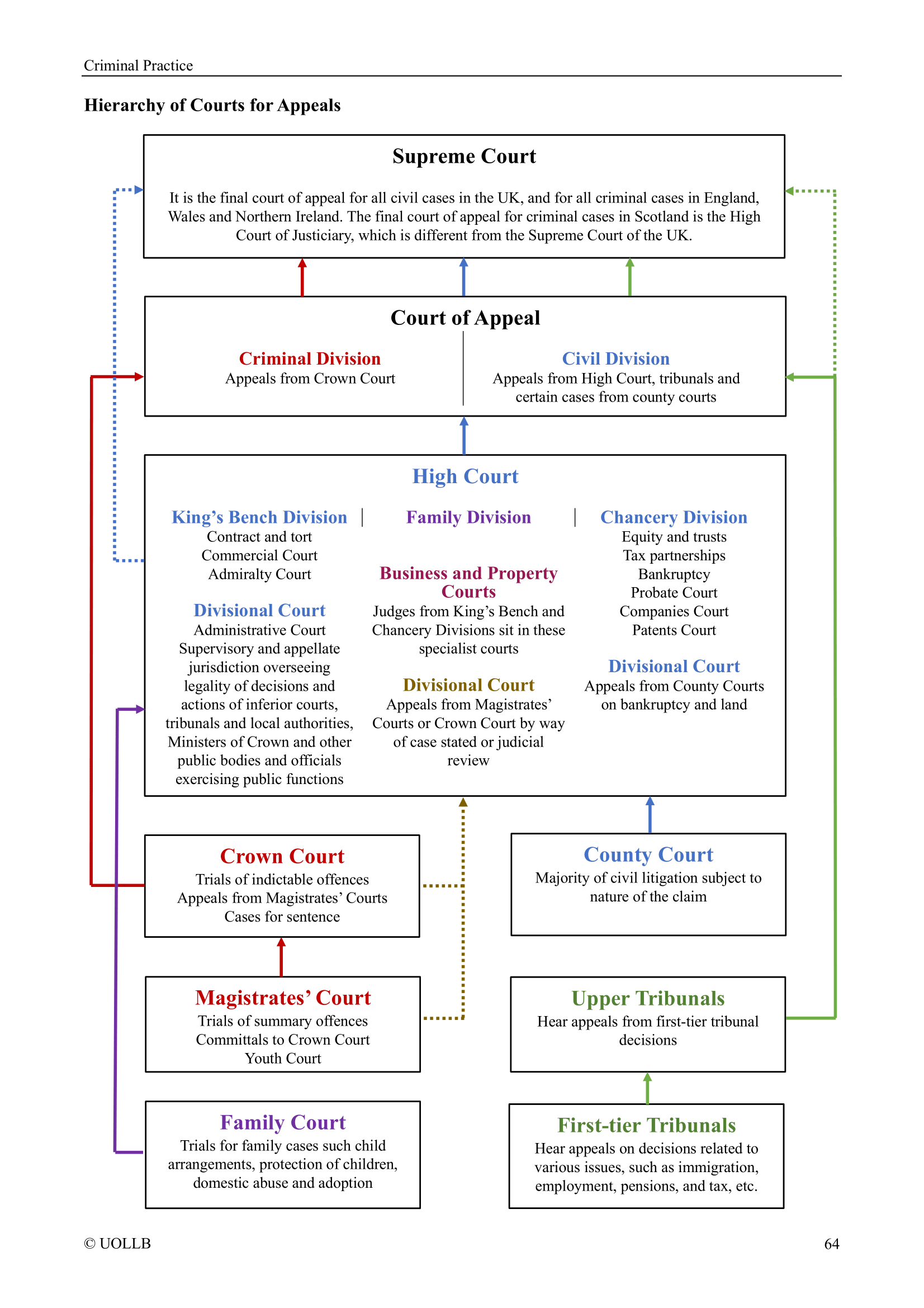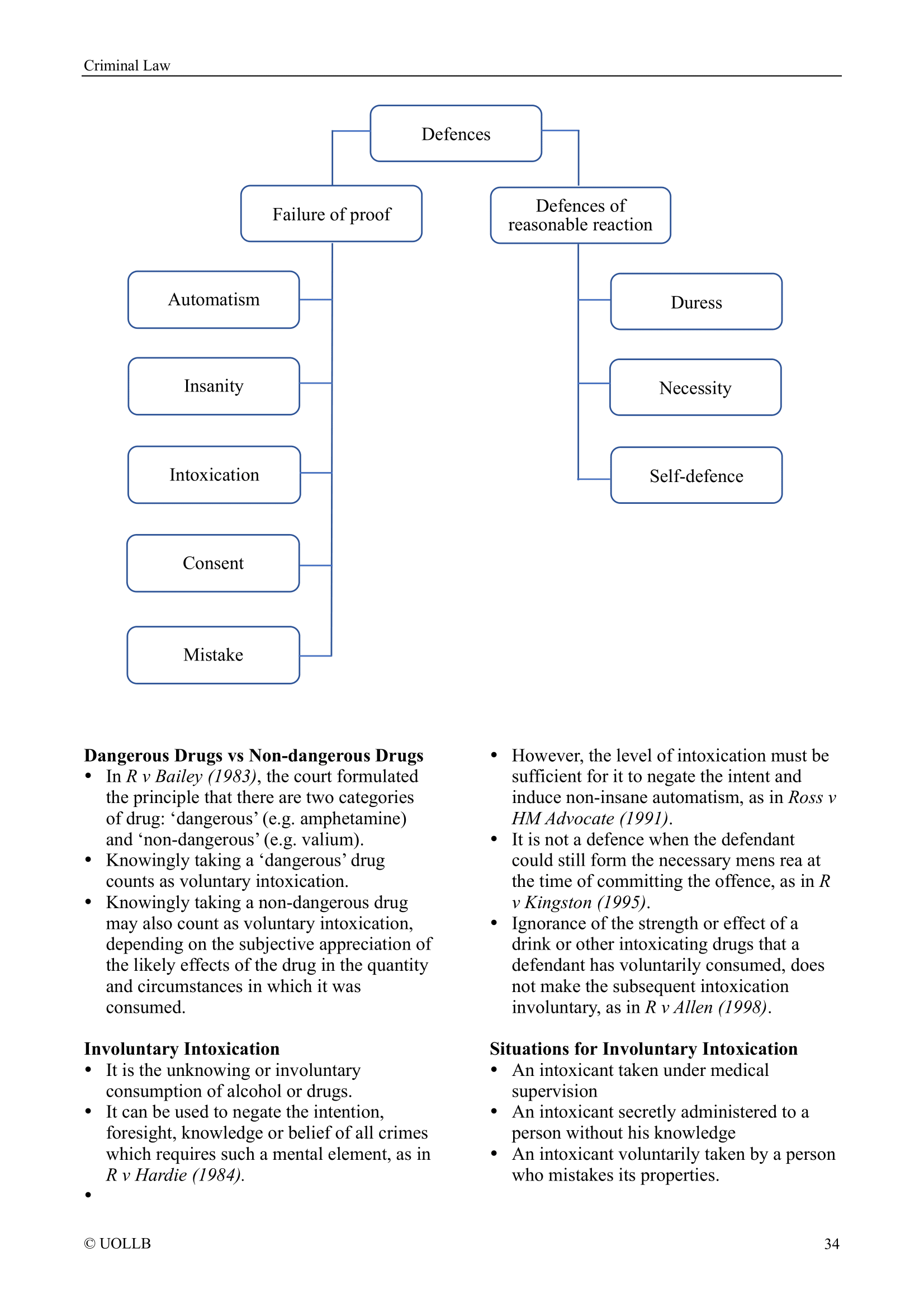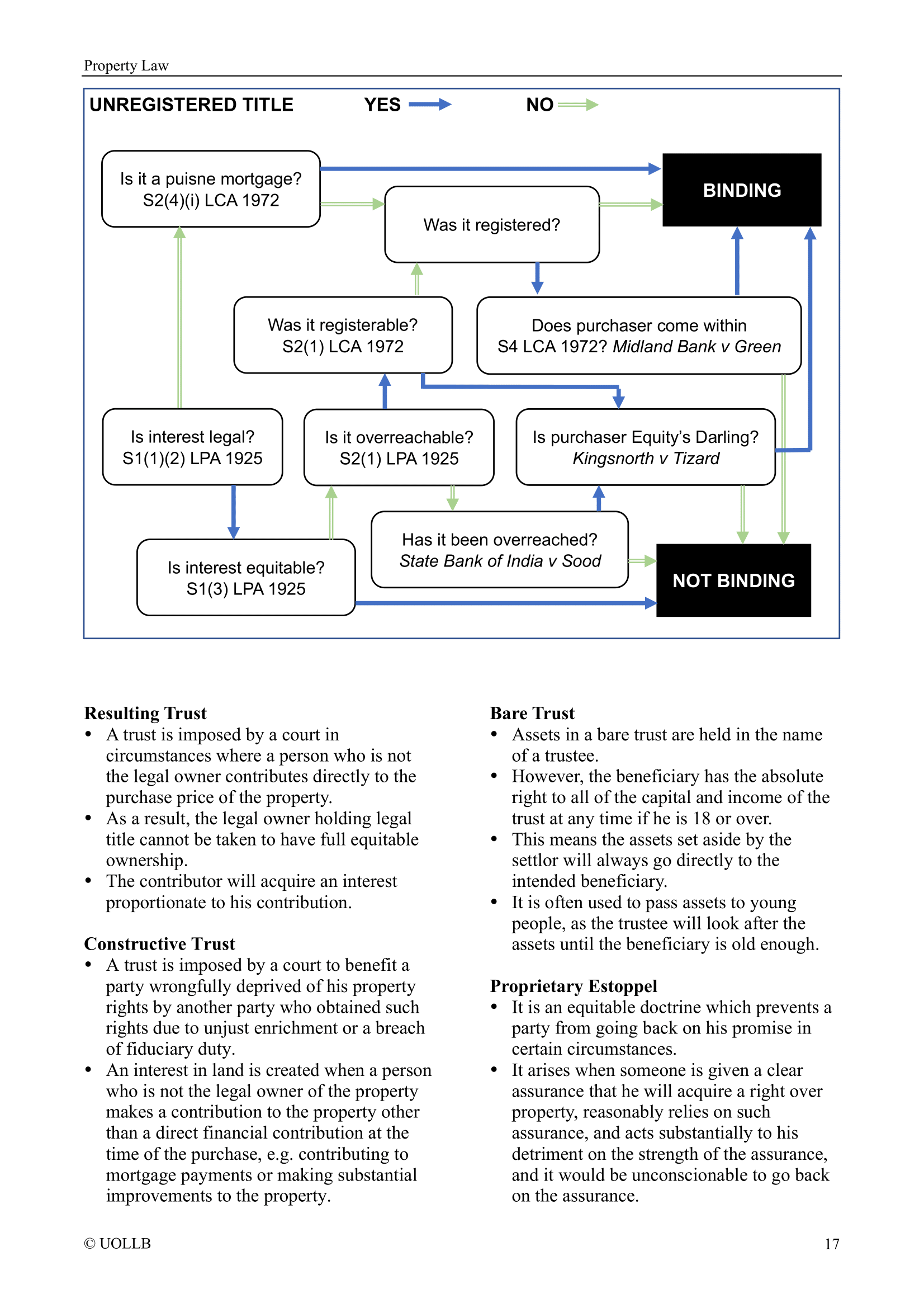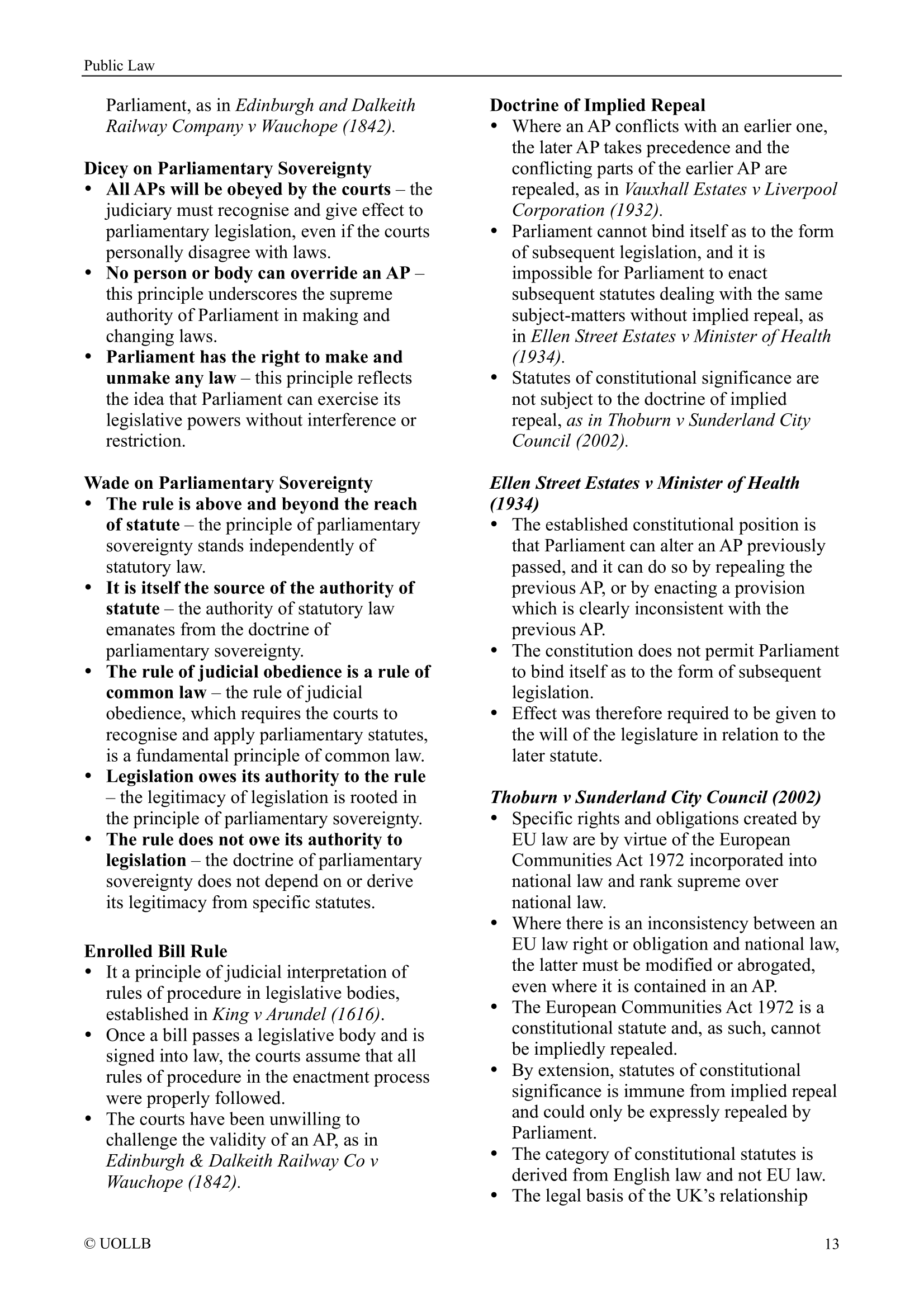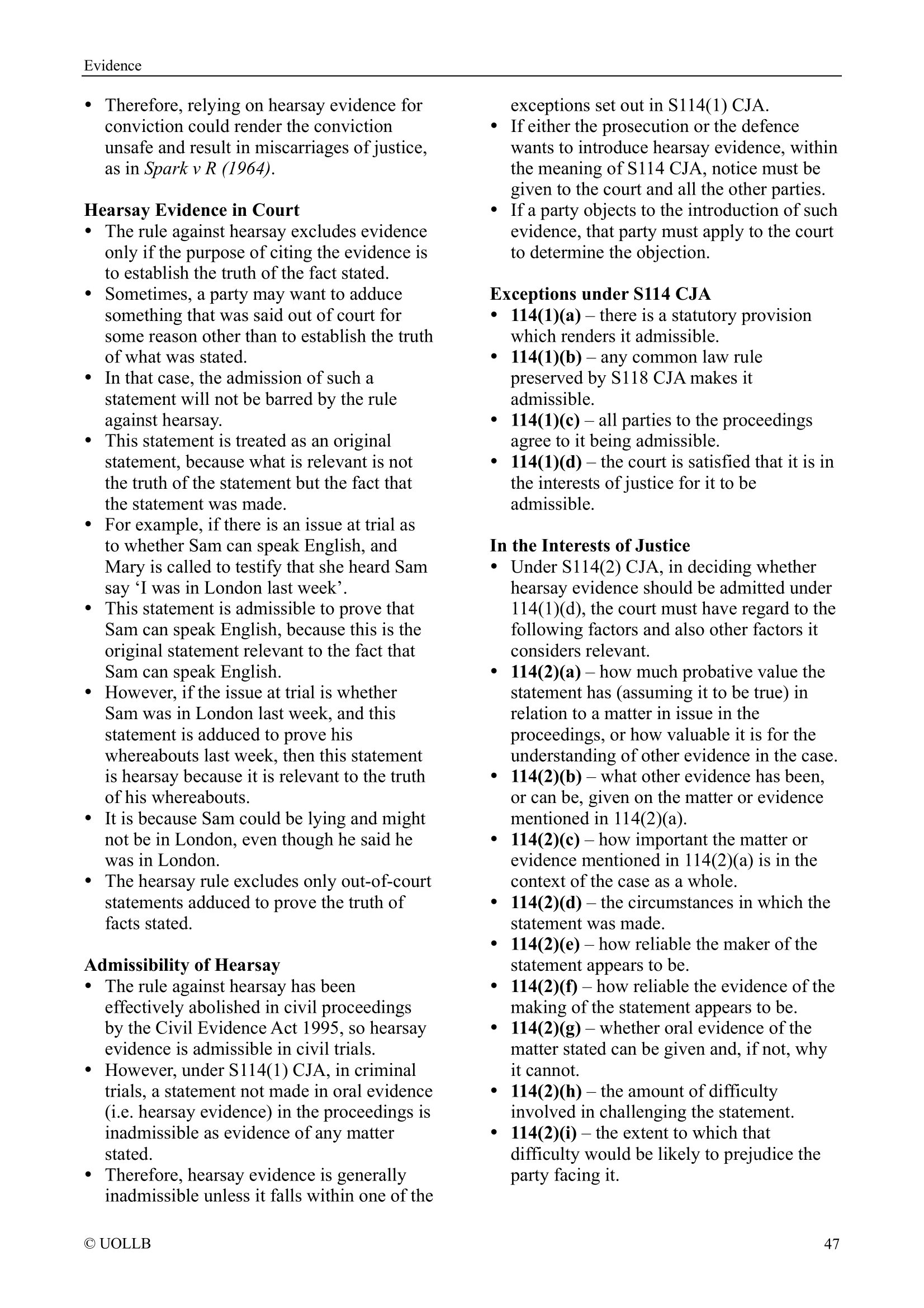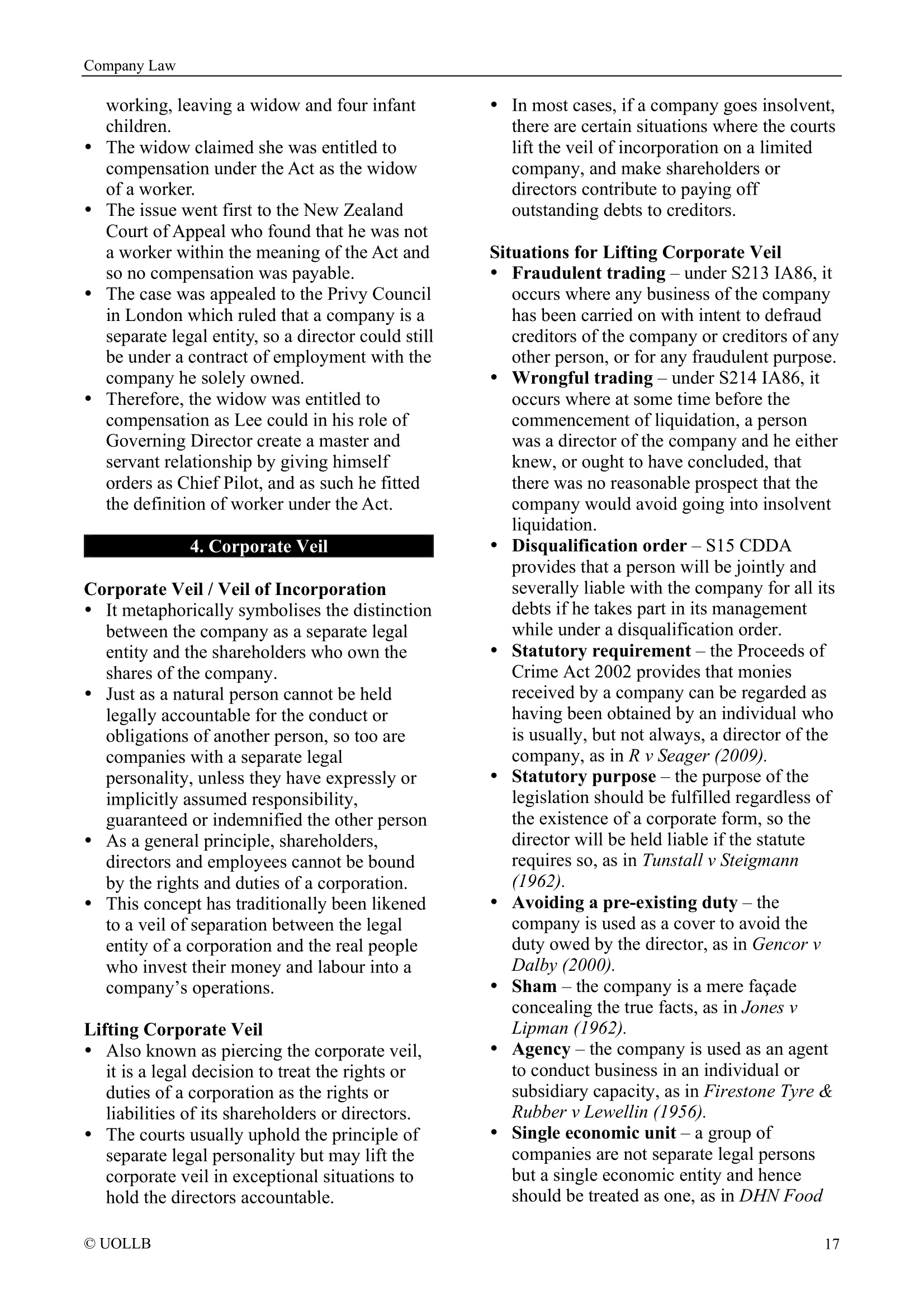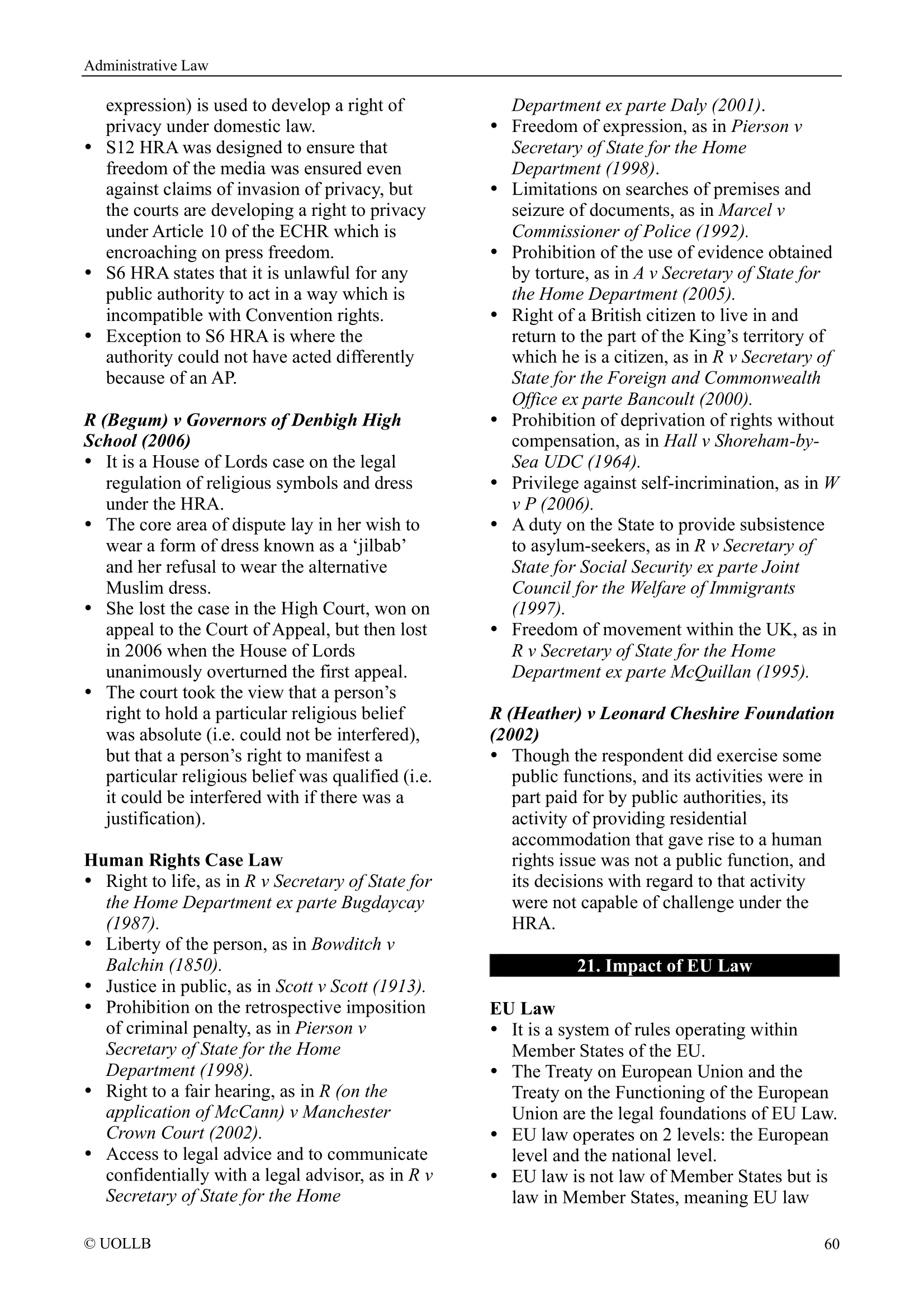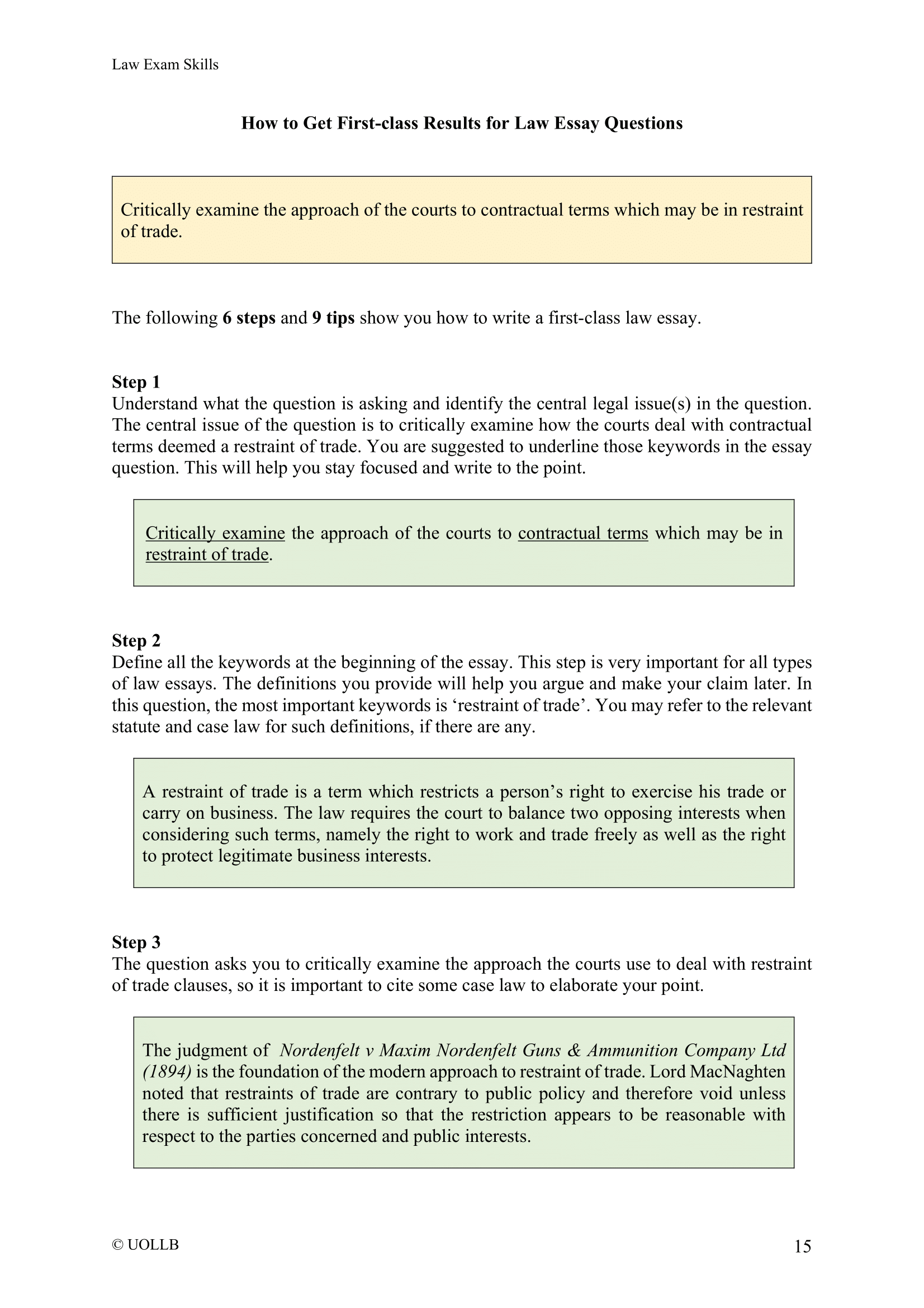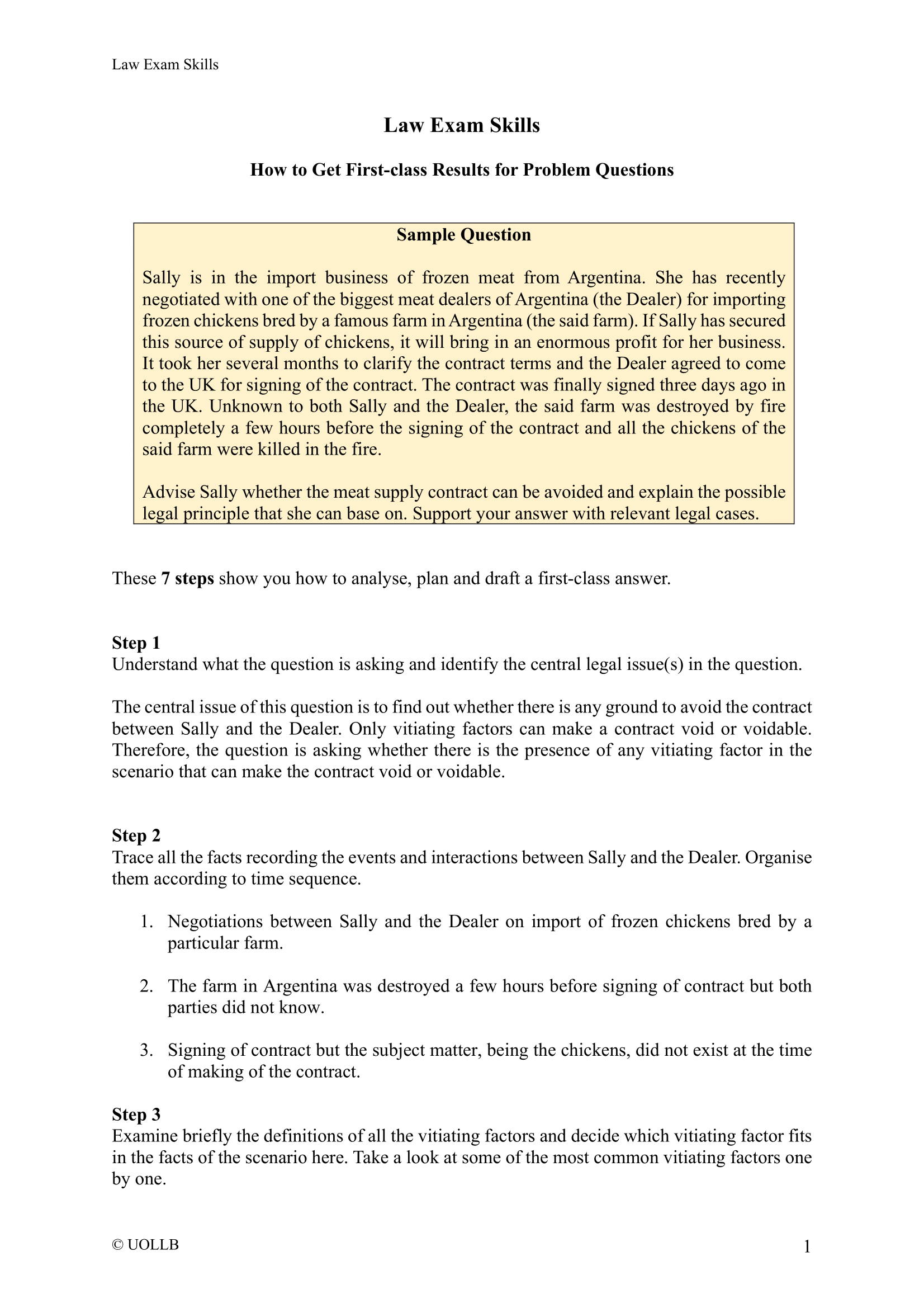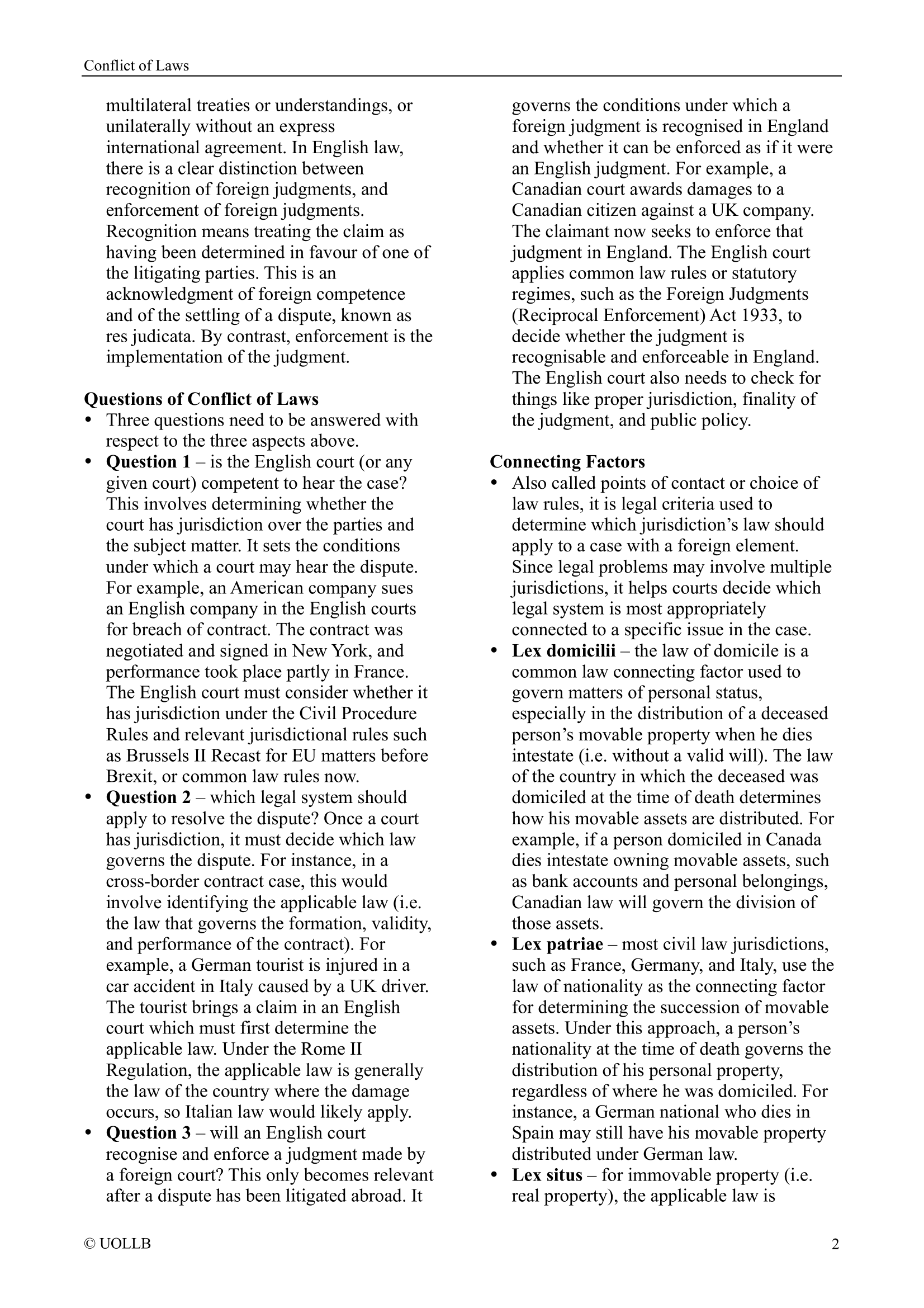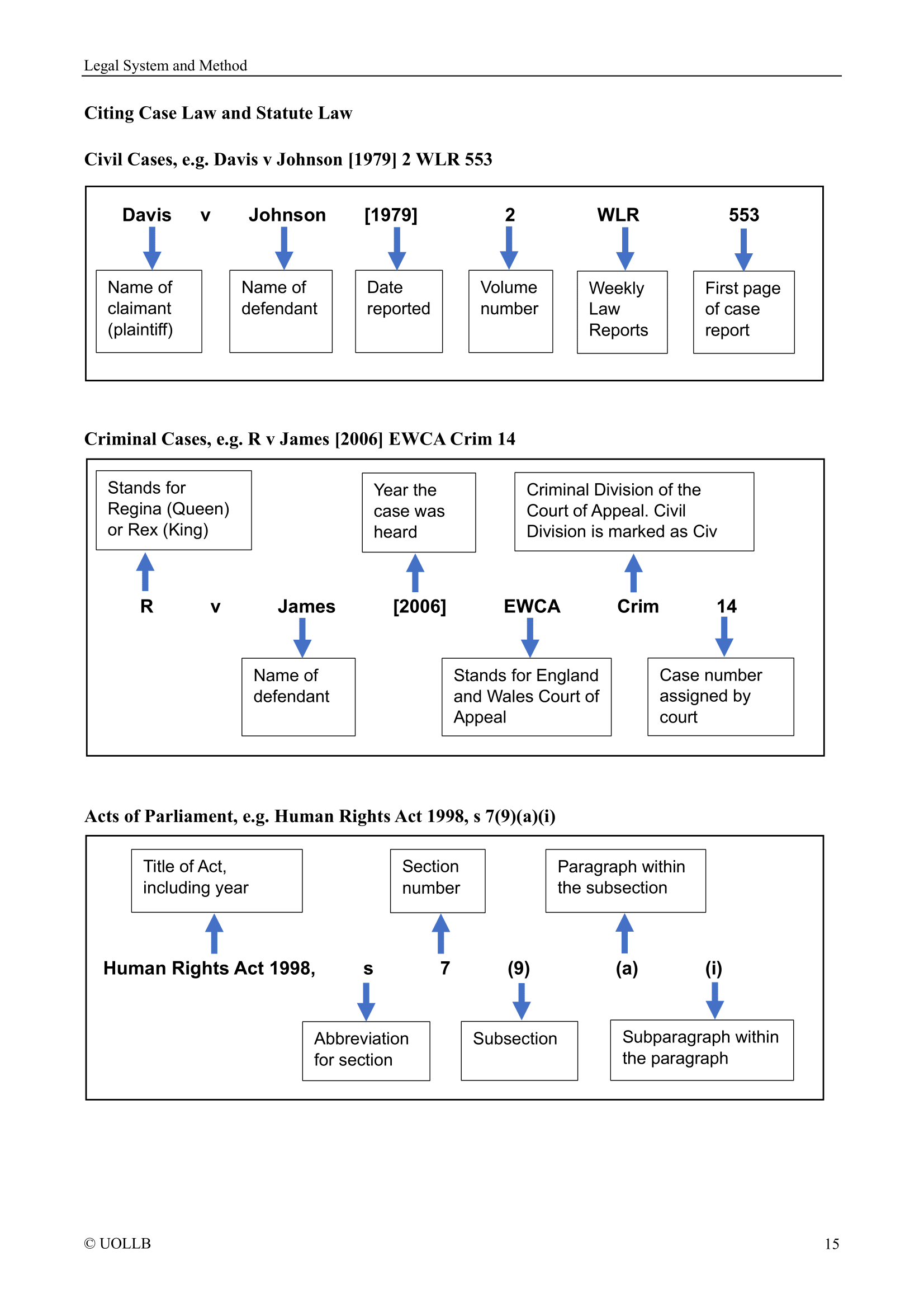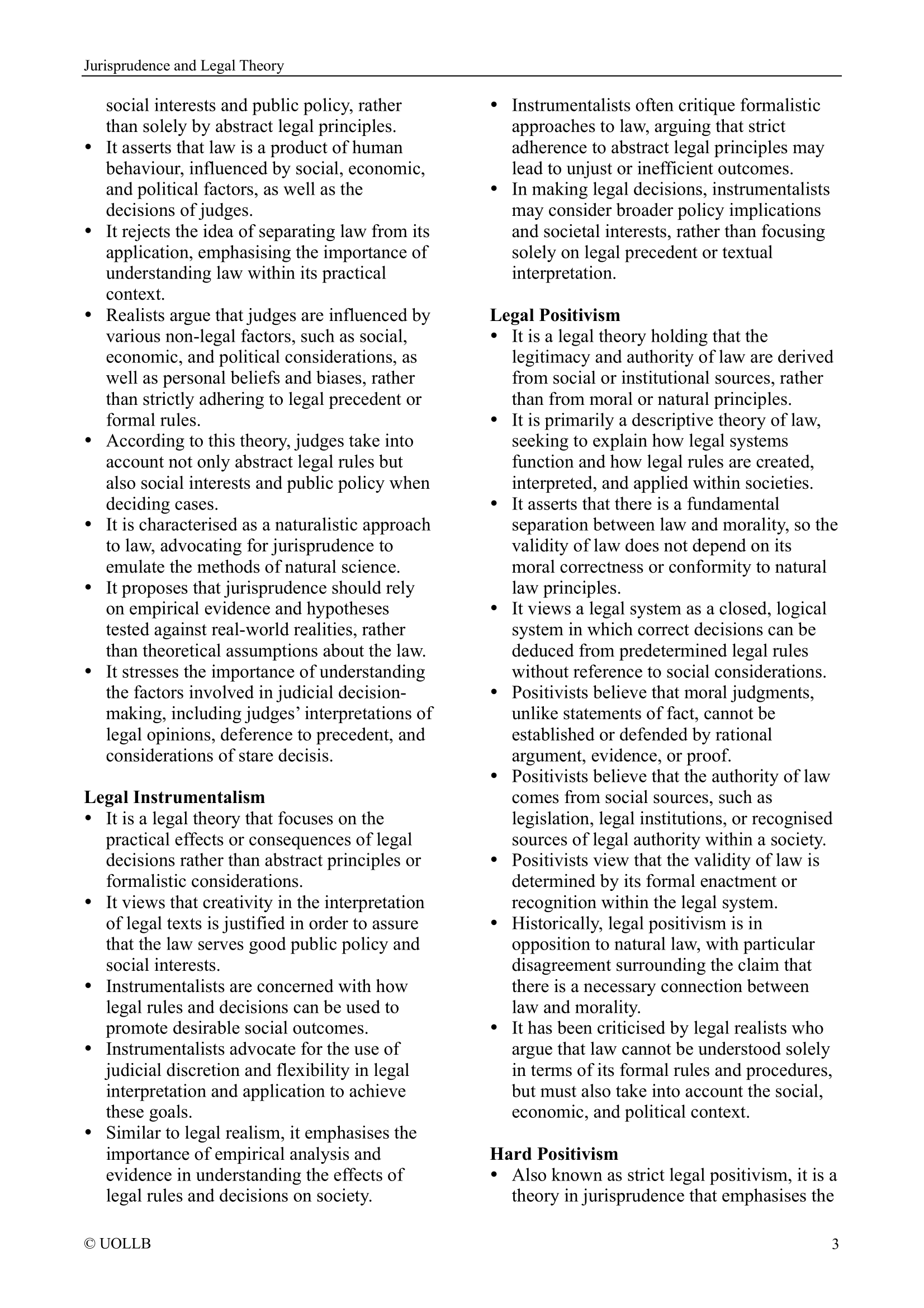Hamer v Sidway [1891]
Share
Hamer v Sidway [1981] 124 NY 538 was a noted decision by the New York Court of Appeals, United States. It established that the forbearance of legal rights, specifically the voluntary abstaining from one's legal rights, can be recognised as valid consideration in a contract. It also recognised the validity of unilateral contracts under New York law.
The plaintiff, Louisa Hamer, brought a lawsuit against Franklin Sidway, the executor of the estate of William E. Story I who had promised his nephew, William E. Story II, $5,000 if the nephew abstained from certain behaviours, such as drinking alcohol and playing cards, until he turned 21. The nephew fulfilled the conditions, but the uncle passed away before transferring the promised money. The estate, under Sidway's control, refused to fulfil the promise, arguing a lack of consideration.
The Court of Appeals, in a unanimous decision, held that Story II's forbearance from the specified behaviours constituted valid consideration. The court relied on the benefit-detriment theory of consideration, stating that consideration could consist of either a benefit to the promisor or a detriment to the promisee. In this case, the nephew's forbearance (abstaining from certain actions) constituted a valid detriment, and therefore, the promise made by Story I was legally binding.
The court quoted the Exchequer Chamber's 1875 definition of consideration, which included both some right, interest, profit, or benefit accruing and some forbearance, detriment, loss, or responsibility given, suffered or undertaken. The court concluded that Story II's forbearance fell within the latter category and was sufficient consideration.
As a result, the court held that the executor of Story I's estate, Sidway, was legally obligated to fulfil the promise made by Story I. The court directed that the trial court's judgment be affirmed, and costs were to be paid out of the estate.
The case is important in American contract law, especially in the context of consideration. It is often studied in first-year contracts courses in law schools. The case reflects the benefit-detriment theory of consideration, which, while influential at the time, has been partially supplanted by the bargain theory in modern contract law.
The bargain theory emphasises the idea that a contract involves a bargained-for exchange, where the consideration induces the making of a promise. Hamer, decided on the benefit-detriment theory, may be viewed differently in light of the contemporary bargain theory. Nonetheless, Hamer remains a foundational case in the study of consideration and contract law history.
